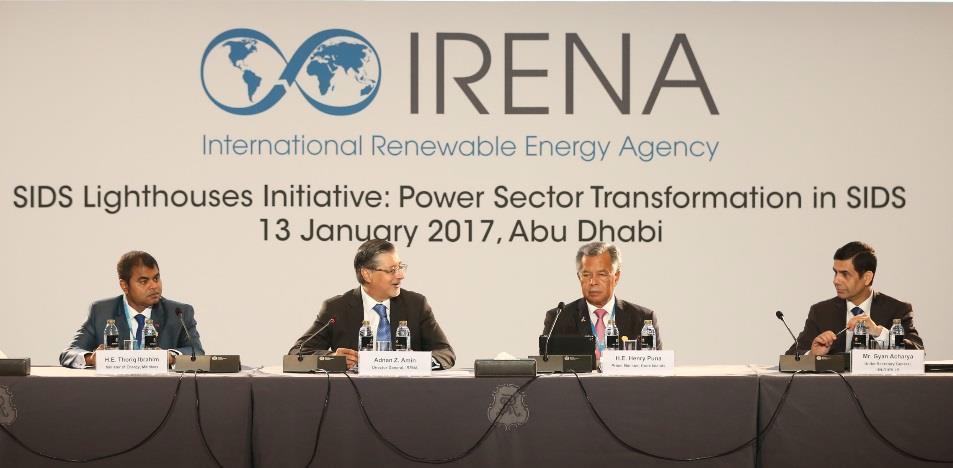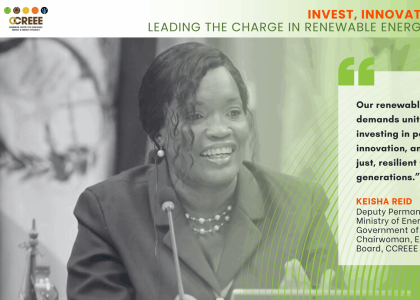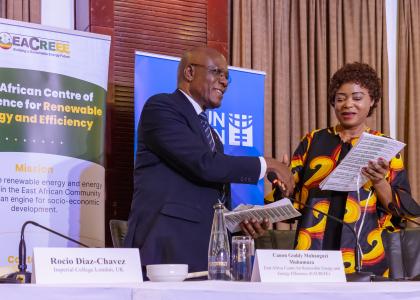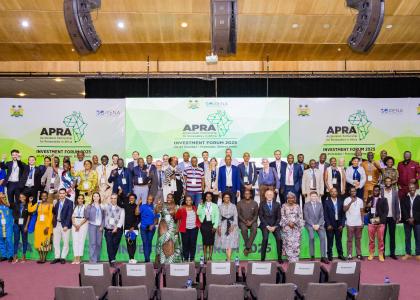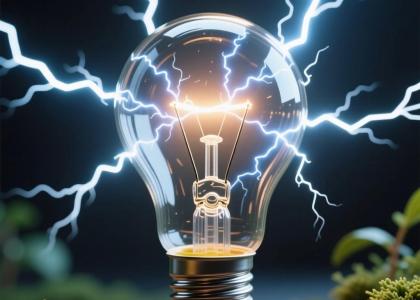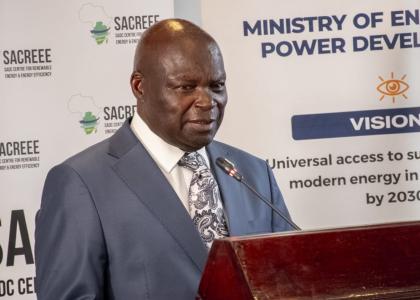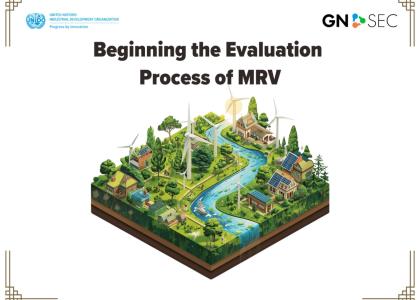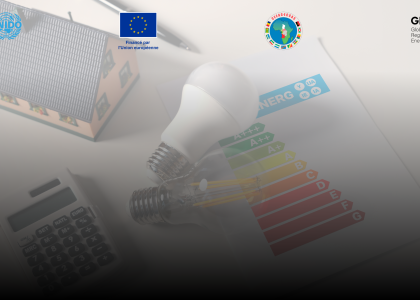Spread across 300,000 square miles of the Pacific Ocean, 14 island nations are tackling the challenge of transitioning to low-emission energy with a sense of urgency and resolve. Though small in scale, the experiences of these countries demonstrate technical approaches and regional collaboration useful to other nations around the world.
On a global scale, greenhouse gas emissions (GHGs) from these islands and other Small Island Developing States (SIDS) are negligible.Yet the very existence of many islands is threatened by climate-related impacts. Island nations are already feeling the impacts of sea level rise, ocean acidification, changes to the frequency and intensity of hurricanes, changing precipitation patterns, and coastal erosion. These nations understand the importance of reducing levels of GHGs through low emission development strategies (LEDS), and understand how LEDS link directly to their economic imperatives and sustainable development goals.
SIDS are rapidly emerging as forerunners in the transition to renewable, low-emission energy production. Their desire to contribute to GHG mitigation is driven by a stark realization of their vulnerability to the climate risks faced in a warmer world. There is also pragmatism in this transition to reduce energy costs and enhance supply reliability. The lessons learned from their efforts demonstrate that setting ambitious targets and comprehensive energy planning can attract investment in low-carbon energy initiatives. Ultimately, these lessons will be shared through increasingly-visible regional centers, such as the PCREEE in the Pacific, and global island networks such as the AOSIS-led SIDS Dock. Insights from the Pacific Islands can be applied to help other nations striving to accelerate low-emissions development.
See attachment for more on this story:
Source: http://https://www.climatelinks.org/resources/empowering-low-emission-development-pacific


